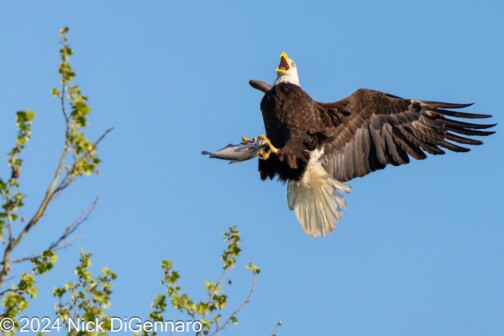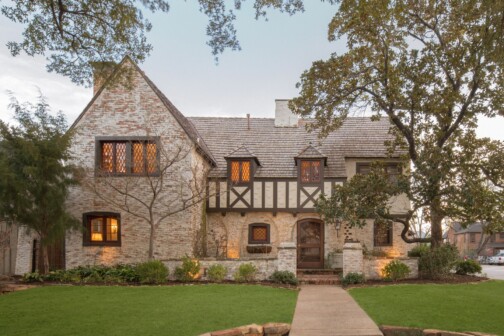
We architects and designers often talk funny. We especially enjoy speaking to our professional comrades in strange and mysterious terms. And all too often, we talk to our clients and friends in a similar manner, which is confusing when we are trying to make a point! We use words and acronyms like parti, phenomenology, zeitgeist, RFI, ASI, Slump test, and ADA in casual conversations. We are often enraptured by terms like shifting paradigms, synergistic relationships, interstitial space, and sustainability. We love “buzz words.” If you can spell these words and are able to keep them handy, you may be ready to play the architect’s edition of Scrabble.
This brings me to a term you may be hearing more of these days: “Biomimicry.” The word comes from the Greek term bios, meaning life, and mimesis, meaning to imitate. Biomimicry is a discipline that studies nature’s best ideas and then attempts to imitate these designs and processes to solve human problems.
All around us are clues to making our products better. After a walk, a Swiss engineer took off his shoes and began removing sand burrs that were tightly fastened to his socks. After closer inspection, he discovered thousands of tiny hooks. The engineer took the idea of the tiny hooks from the sand burr and created a product we use in our everyday lives: Velcro.
A simple first stage building form example that may be considered is the “Bird’s Nest Stadium” of the Beijing Olympics ,designed by the Swiss architectural firm of Herzog & deMeuron. Some people view the Sydney Opera House (designed in 1956 by Jorn Utzon and announced as the winning entry to a worldwide competition is 1957) as the world’s largest seashell. Also consider the shell form structure of Thanksgiving Square Chapel in Dallas designed by Phillip Johnson in 1977. Seashell design obviously used to be a much bigger deal than it is today.
Borrowing design ideas from nature is not new—for example, ancient Egyptian column design was inspired by bundled reeds with locust flowers. What is interesting is how large this concept is becoming worldwide as it connects sustainability with architecture. An example given by the Biomimicry Institute (yes, there is one!) is the study of a leaf in an attempt to invent a better solar cell. Or, for instance, in the case of a product called Panelite, the study of a bee’s honeycomb to invent their ClearShade insulating glass unit, which can reduce solar heat gain by 75 percent while maintaining 48 percent visible light transmission.
New ways to manufacture concrete have been developed from studying coral reefs; highly-efficient wind turbines modeled on the shape of whale flippers; and entirely new approaches of creating color inspired by butterflies, that would allow you to read this web page outside, in bright sunlight, while using a fraction of the energy of a conventional monitor.
Now, I may not know exactly what I am talking about (that is often a problem these days). But in some ways, as an “old guy,” I think I have seen some of this before sometime, someplace, some way. Frank Lloyd Wright used to talk about architecture as being “organic.” He would talk about a building being part of a hill, not the top of the hill. Quite a number of his designs were loosely based on forms from nature—shells, trees, branches, etc. Other designers have long embraced and followed the forms of nature, but never with the technological output that can and has improved our lives in the quite the same way.
Someday, we might get to the point where we plant a seed, water it, and grow a house. Genetic engineering meets architecture. That would be cool! I wonder what “buzz word” they will use—a Chia House, perhaps!
Bruce M. Carlson is founder, principal, and CEO of CMA. Contact him at [email protected].





